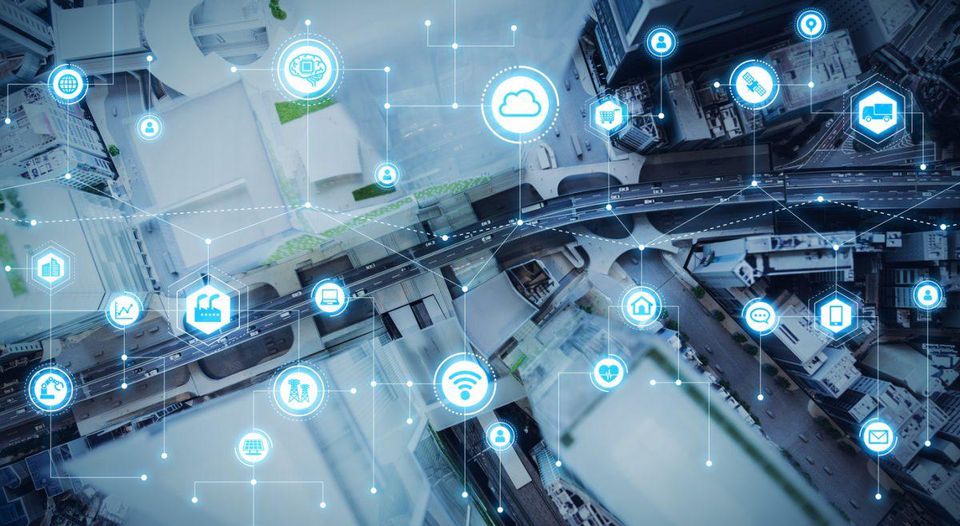Source – forbes.com
Forbes Insights research shows that 65% of senior transportation-focused executives believe logistics, supply chain and transportation processes are in the midst of a renaissance—an era of profound transformation. But of the most visible forces of change, perhaps none carries more potential for innovation and even disruption than the evolution of artificial intelligence (AI), machine learning (ML) and related technologies.
Leading companies are already harnessing artificial intelligence and machine learning to inform and fine-tune core strategies, such as warehouse locations, as well as to enhance real-time decision making related to issues like availability, costs, inventories, carriers, vehicles and personnel. While these new technologies bring about truckloads of data, the transportation industry has been capturing data for years. Decades ago, trucking, rail and sea cargo began being tracked by satellite via telematics, and versions of electronic driver logs have been around for nearly 20 years. The industry has also for many years now applied high-level decision theory to optimize the costs and transit times associated with high-value vehicles and often even higher-value cargoes.
The difference today, however, is not only more data but also vastly more powerful computing power and algorithms to sort, evaluate and accelerate understanding and action. According to John Langley, a clinical professor of supply chain management and the director of development for the Center for Supply Chain Research at Penn State’s Smeal College of Business, though the transport industry has always been data-focused, today “we see all of this added computing power—IoT/telematic data collection, data mining, artificial intelligence and machine learning—that can be focused on making better decisions, not only from an overall strategic and resource planning basis but in real-time decisions.”
Practical Applications
AI, ML and associated technologies promise to enable leaders to focus IoT and myriad other data feeds on achieving greater optimization and responsiveness across the whole of their logistics, supply chain and transportation footprint. Consider examples such as:
- Augmented real-time decision making: Logistics teams often handle a wide range of complex but repeatable tasks that require large amounts of input data in order to make the best choices. Optimal carrier selection, for example, means combing through thousands of possible candidates, routes and schedules. In practice, workers often require 10 minutes or more to gather the needed information. But with AI and associated tools, supply chain professionals can automate the analysis and narrow their selections to just two or three within a matter of seconds. Human intuition then closes the deal.
- Predictive analysis: When will customers be ready to order? Of course the sales team wants to know, but this is also vital information for logistics, supply chain and transportation planning—an example where an AI platform could collaborate closely with sales and marketing. Looking specifically at transportation needs, telematics/IoT can help determine when a vehicle might need preventative maintenance, thus avoiding breakdowns and reducing the risk of failing to meet customer needs and expectations.
- Strategic optimization: Where, when and how? Leaders in these disciplines are learning how to gather and comb information to make the best decisions regarding the deployment of not only inventories but also the transportation assets needed to connect all the dots from origin to customer location. Where are the drivers? Where are the vehicles? What commitments have been made? Where are the customers?
These and related variables can be fed to AI and machine learning engines that can crunch the data and then present a range of scenarios for optimization. With sophisticated tools that continuously learn and improve, industry professionals are able to make better, up-to-the-minute decisions as well as more informed longer-term, strategic choices, such as warehouse locations, fleet size/specifications, etc.
A Call To Action
But these and related examples are merely the tip of the iceberg. No doubt as AI and machine learning become more widely used, practitioners will find an ever-expanding array of use cases—some evolutionary and others potentially disruptive.
Small wonder that a growing body of evidence suggests that the technology-infused future of transportation will arrive faster than many are expecting. Consider a recruiting ad for supply chain and logistics roles for global retailer Target, which telegraphs the company’s expanding focus on tools such as artificial intelligence. As stated in the ad: “We’re becoming more intelligent, automated and algorithmic in our decision-making. We’re constantly reimagining how we get the right product to our guests even better, faster and more cost effectively than before.”
Target’s ad is yet another piece of evidence suggesting that leading logistics-, supply chain- and transportation-focused executives are waking up to new opportunities. The Forbes Insights survey shows that expected benefits from advanced technologies include enhanced productivity, better speed/response times and the ability to see end-to-end across the value chain. Additional benefits include improved accuracy in deliveries, higher quality at lower cost and the ability to better anticipate customer needs.
Overall, as one CEO interviewed for the report explained, “we’re putting a lot of [investment] into artificial intelligence and machine learning to augment the human role.” Certainly, as the Forbes Insights research shows, it is time for all transportation- and supply chain-focused executives to consider following suit.
